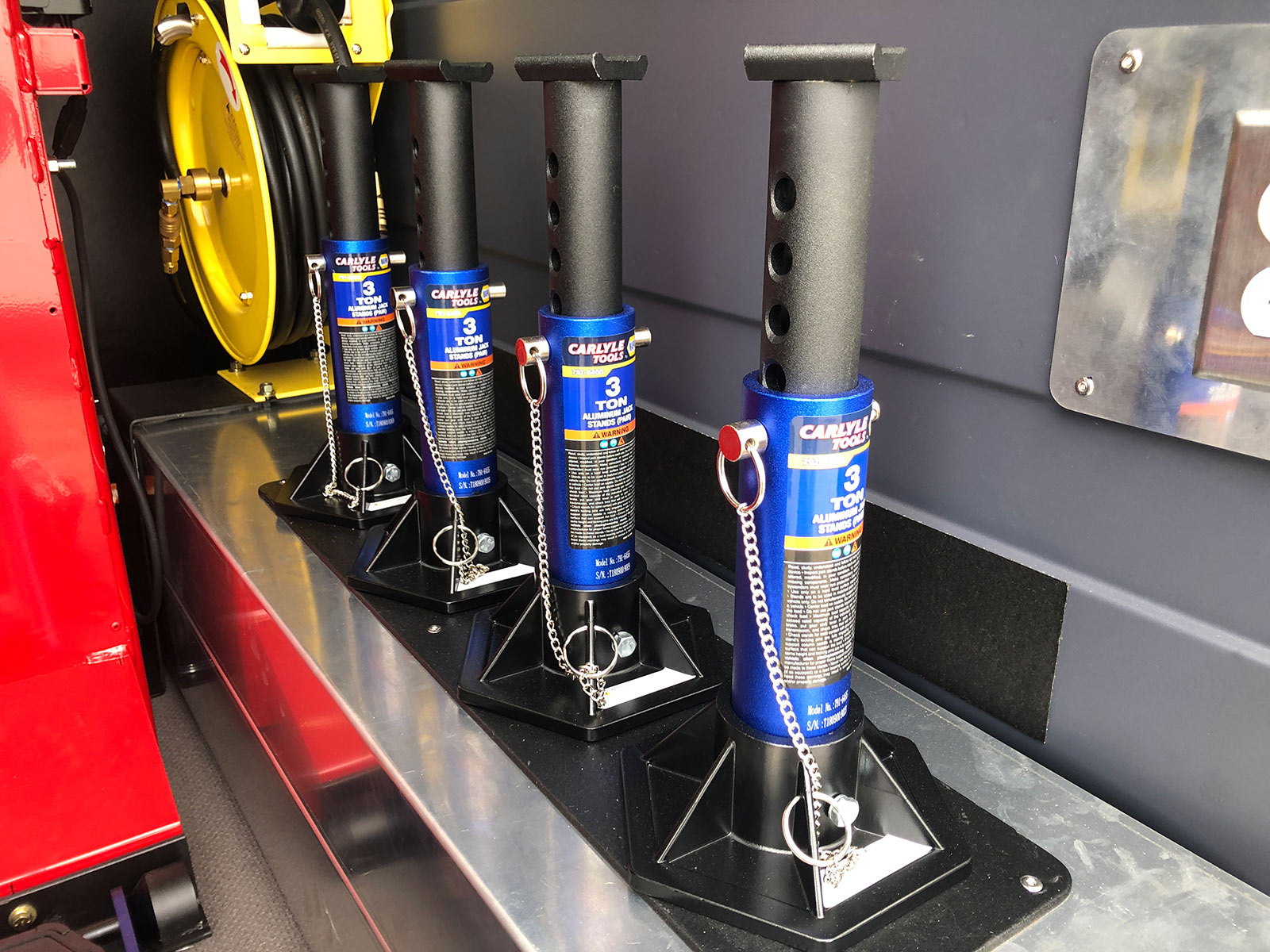Tire Service: Proven Techniques for Ideal Tire Upkeep and Treatment
Preserving ideal tire condition is paramount for both security and performance of any vehicle. From guaranteeing correct tire pressure to normal rotation and positioning, there are proven techniques that can dramatically extend the lifespan of your tires and enhance general driving experience. As we discover the intricacies of tire care and maintenance, we will certainly uncover essential guidelines that every vehicle owner should follow for the ideal feasible outcomes. Allow's look into the world of tire service and uncover the tricks to keeping your tires in superior shape for the long run.
Value of Tire Pressure
Appropriate tire stress is an essential aspect in ensuring ideal automobile efficiency and safety and security on the roadway. Preserving the suggested tire stress degrees given by the supplier provides countless benefits. Adequate tire stress advertises far better fuel effectiveness, as under-inflated tires can lead to increased rolling resistance, creating the engine to work tougher and consume even more fuel. Second of all, appropriate tire pressure ensures also tread wear, boosting tire longevity and conserving money in the long run by postponing the requirement for premature replacements. Furthermore, properly pumped up tires contribute to improved handling and braking capabilities, important for risk-free driving in different roadway conditions. Over-inflated tires, on the various other hand, can result in minimized traction and a harsher trip. Conversely, under-inflated tires are prone to getting too hot, which can lead to crashes and blowouts. Routinely adjusting and checking tire pressure, specifically eventually journeys, is a simple yet effective way to boost car performance, prolong tire life-span, and prioritize safety and security on the roadway.
Tire Rotation Guidelines
When taking into consideration tire rotation guidelines, it is essential to understand the relevance of this maintenance job in optimizing tire life-span and preserving optimum vehicle efficiency. Tire turning includes changing the setting of each tire on a lorry to make certain even tread wear. Front tires have a tendency to use more promptly than back tires due to steering pressures, making normal turning vital for balanced wear patterns.

Advantages of Wheel Positioning
Making sure proper wheel placement after tire rotation is vital for preserving balanced wear patterns and making best use of automobile performance. Wheel positioning describes the modification of the angles of the wheels to the maker's specifications. One of the essential benefits of wheel check placement is boosted guiding and managing action. When the wheels are see here now correctly straightened, it lowers steering initiative, making certain a smoother and much more regulated driving experience. In addition, correct wheel positioning assists to prolong the life expectancy of your tires. Misaligned wheels can create unequal tire wear, bring about early tire replacement and increased upkeep costs.

Tire Footstep Deepness Inspect
Doing a normal assessment of tire step deepness is crucial for maintaining secure driving conditions and prolonging the lifespan of your tires. Irregular walk wear can show issues with tire positioning, pressure, or suspension, highlighting the value of regular tread depth checks. By integrating tire tread depth checks right into your routine upkeep timetable, you can drive with self-confidence recognizing that your tires are in top problem.
Seasonal Tire Examination
Seasonal tire assessment is a fundamental aspect of tire upkeep that guarantees tires are prepared to face the obstacles positioned by various climate problems. In preparation for wintertime, it is essential to check the tire pressure regularly as cold temperature levels can create tire stress to go down. By performing regular seasonal tire evaluations, vehicle drivers can prolong tire lifespan, enhance gas efficiency, and most significantly, guarantee a protected driving experience in varying weather conditions.
Final Thought
To conclude, maintaining correct tire stress, rotating tires on a regular basis, straightening wheels correctly, keeping an eye on walk navigate to this site deepness, and conducting seasonal examinations are crucial methods for optimal tire care. By following these verified techniques, vehicle drivers can guarantee their tires last much longer, carry out better, and contribute to overall car safety and security. It is essential to focus on tire upkeep to stop crashes, improve fuel effectiveness, and prolong the lifespan of tires.
Sufficient tire stress advertises far better gas performance, as under-inflated tires can lead to increased rolling resistance, causing the engine to function more challenging and eat even more fuel.When taking into consideration tire rotation standards, it is essential to understand the significance of this upkeep job in maximizing tire life expectancy and preserving optimum vehicle efficiency. Seasonal tire evaluation is an essential facet of tire upkeep that makes sure tires are prepared to encounter the challenges presented by different weather conditions. By performing routine seasonal tire evaluations, vehicle drivers can extend tire life-span, boost fuel efficiency, and most notably, guarantee a protected driving experience in differing weather conditions.
In conclusion, preserving appropriate tire pressure, turning tires consistently, aligning wheels appropriately, keeping an eye on step depth, and carrying out seasonal assessments are crucial methods for ideal tire care.